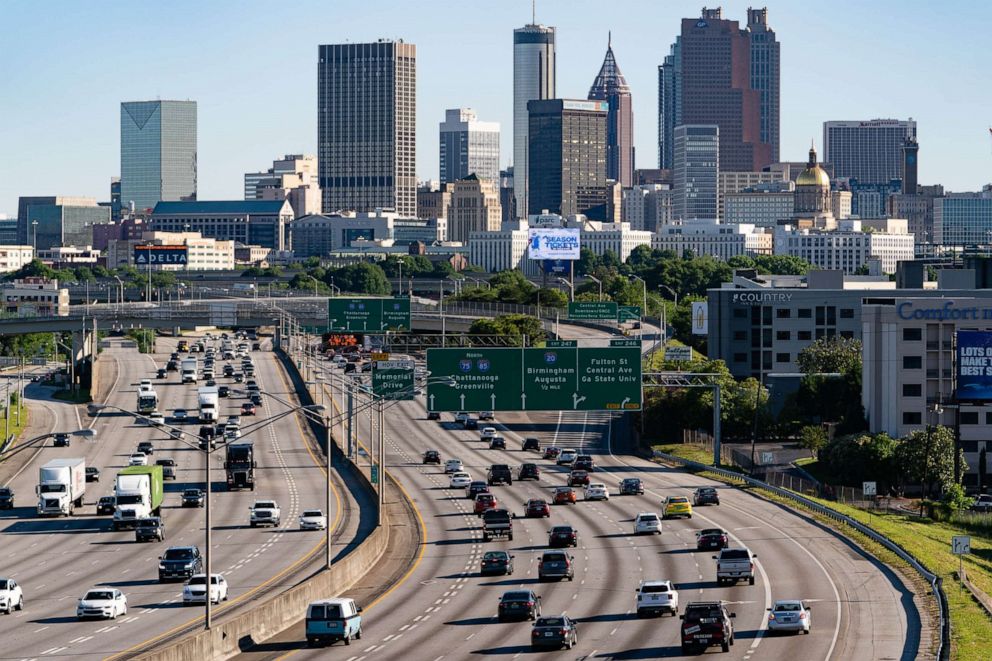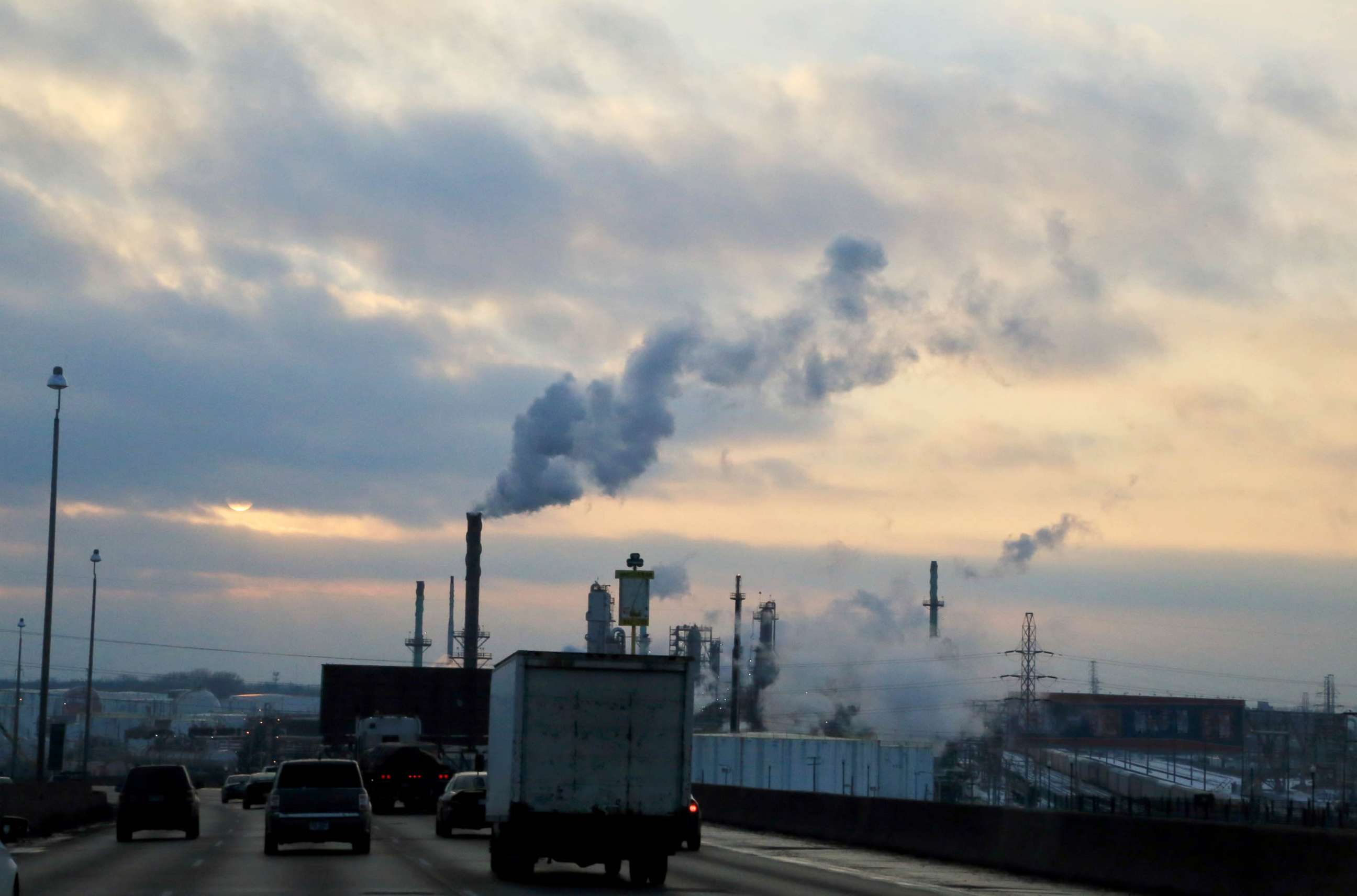Air pollution remained higher in minority communities during the pandemic, revealing persistent health disparities
Overall, the pandemic took an uneven toll on minority communities.
Despite COVID-19 shutdowns temporarily clearing the air in many major cities, damaging air pollution was persistently higher in more minority and lower-income neighborhoods, compared to whiter, higher-income neighborhoods, according to a new study led by researchers at George Washington University.
"This means that given all the impact the pandemic had on our way of life and on emissions, it couldn't undo these deeply rooted disparities," said Dr. Gaige Kerr, lead author of the study and a scientist in the Department of Environmental and Occupational Health at George Washington University.

Overall, the pandemic took an uneven toll on minority communities, especially African Americans who had twice the risk of COVID-19 at the height of the pandemic, compared to white populations.
Although pollution levels decreased throughout urban areas during the pandemic, nitrogen dioxide levels were still elevated in primarily minority neighborhoods. The same finding held true when comparing income and educational attainment, though, it was not as significant as race and ethnicity.
"Exposure to air pollution has been linked to a number of health problems including asthma, heart disease, preterm birth and mortality," said Dr. Stephanie Lovinsky-Desir, director of the Pediatric Pulmonary Division at Columbia University Irving Medical Center, as well as a volunteer medical spokesperson for the American Lung Association. Lovinsky-Desir was not a part of the research team.
The new pollution study analyzed various demographics of 15 urban cities throughout the United States including Los Angeles, Atlanta, Detroit and New York City.
Researchers analyzed levels of nitrogen dioxide, an air pollutant related to traffic and associated with health impacts, such as asthma and chronic obstructive pulmonary disease. For children and the elderly exposed to these emissions, their risk of developing these conditions increases.

"Neighborhoods near highways and dense urban corridors are the areas at the greatest risk of high levels of exposure and adverse health effects," said Dr. Renee Crichlow, chief medical officer, Codman Square Health Center and vice-chair of health equity at Boston University Medical School.
And nitrogen dioxide has a "direct impact on the lungs," said Crichlow, potentially causing "irritation and inflammation of the lining of the respiratory system."
It's not surprising minority communities are clustered in higher-pollution areas, Kerr says.
"When we look at the history of the U.S. in the 20th century going all the way back to the days of red-lining, a lot of the ways that our urban areas were constructed, where highway interstates are, which neighborhoods are located by certain industries, that is years and years of racism that's again woven into the fabric of cities," he said.
"It's going to take a lot of policy efforts to rethink the way that our emissions are distributed throughout the city equally and try to undo years and decades’ worth of environmental injustices."
Researchers are hoping for broader policies to help curb pollution disparities. But in the meantime, there are small things everyone can do to aid this nationwide issue.
Kerr suggests rerouting heavy-duty trucks out of certain city neighborhoods. Also: "Driving less, support greener public transportation options, such as electric buses and rails, and have tighter emissions control on both personal vehicles and industrial processes," are other suggestions Crichlow proposed.
"Together we can actually make a difference in the health of our children and communities," Crichlow said.
Alexis E. Carrington, M.D. is an ABC News Medical Unit Associate Producer and a rising dermatology resident at George Washington University.




